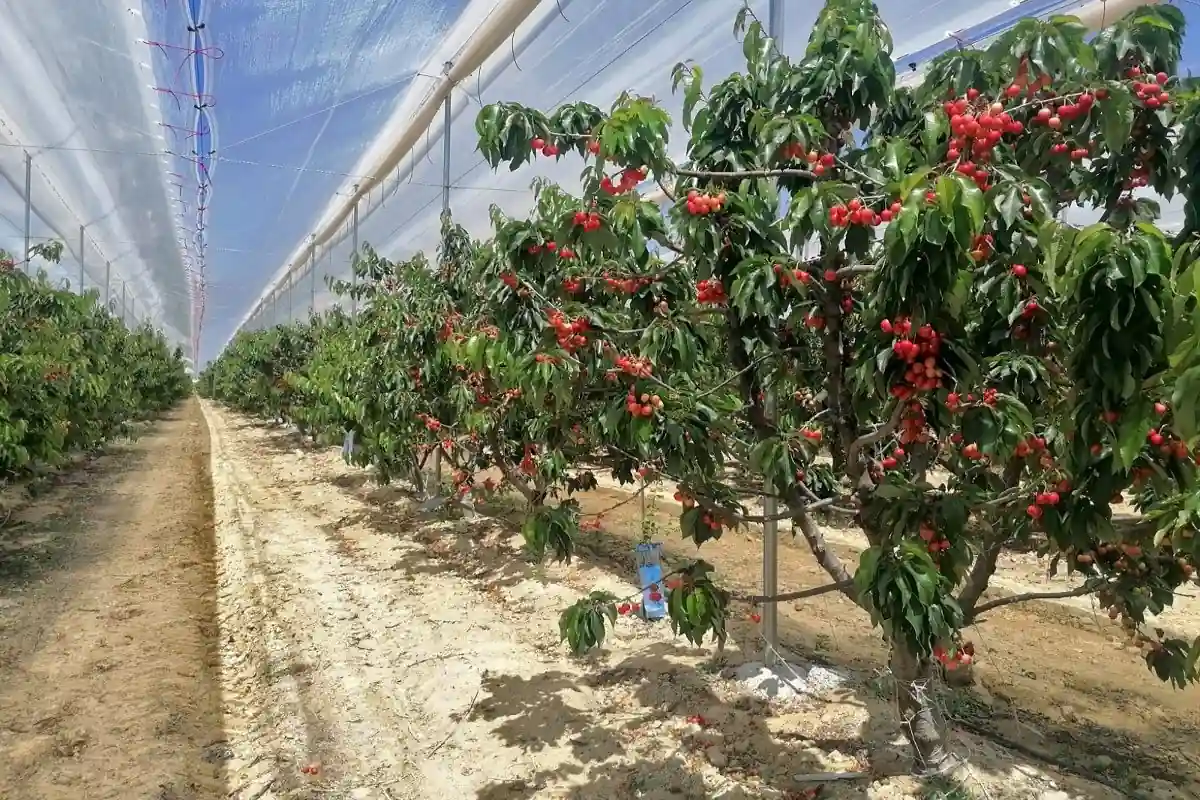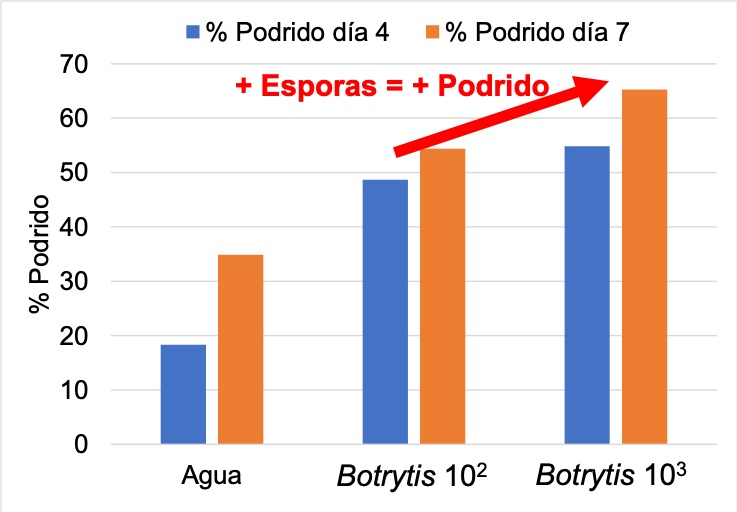Sweet cherry cultivation is an economically important sector in many regions of the world, but one of the major challenges to its profitability lies in the uneven ripening of fruits, which requires multiple harvest passes and leads to increased labor costs and reduced efficiency.
In this context, a recent study conducted on the cultivar “Luying 3” investigated the role of exogenous abscisic acid (ABA) in regulating fruit ripening. Researchers applied an ABA treatment at a concentration of 400 mg L−1 (0.4 g/L) during the fruit color transition stage and monitored its effects on physical characteristics as well as physiological and molecular mechanisms.
Role of ABA in ripening
The results showed that ABA promotes more uniform fruit coloration by anticipating and synchronizing anthocyanin production, the pigments responsible for the red color of cherries. At 54 days after flowering, treated fruits displayed a more homogeneous and intense coloration compared to the control group, without significant differences in fruit size or final weight.
Likewise, organoleptic quality, measured by total soluble solids, titratable acidity, and sugar/acid ratio, did not undergo major changes, confirming that ABA primarily influences the timing and uniformity of ripening rather than sensory traits.
On a physiological level, abscisic acid treatment induced an increase in the endogenous production of ABA itself, salicylic acid (SA), and gibberellins (GA), while reducing the levels of indole-3-acetic acid (IAA), indicating a hormonal rebalancing associated with the ripening process.
Molecular and genetic mechanisms
At the molecular level, transcriptomic analysis identified 766 differentially expressed genes (DEGs) between treated and control fruits, with significant impacts on hormone signaling pathways, the MAPK signaling, and glycolysis. Notably, key genes such as PavABF2, PavPR1, PavETR, PavTCH4, PavPP2C, and PavEBF1_2 were identified, whose expression profiles were altered by the treatment: ABA stimulated the expression of ripening-promoting genes and inhibited repressors like PavPP2C, thereby promoting a more synchronized ripening process.
Metabolic pathways linked to respiration and energy production, such as glycolysis and the tricarboxylic acid cycle, were also activated. Genes like PavADH1, PavADH5, PavALDH, and PavALDO were upregulated, contributing to enhanced metabolism and the production of aroma compounds typical of ripe fruit.
Transcription factors and future applications
Effects were also observed in AP2/ERF transcription factors, well-known regulators of developmental processes and stress responses. ABA promoted the expression of PavAP2-1, PavAP2-4, PavAP2-5, PavAP2-7, and PavAP2-8 while inhibiting PavAP2-2, PavAP2-3, and PavAP2-6, outlining a complex and nuanced gene regulation network underpinning the synchronization of ripening.
These findings suggest that ABA application could offer a practical solution to promote uniform ripening in sweet cherries, reducing the need for multiple harvest rounds and improving field management and labor efficiency.
However, the researchers emphasize the need to extend these studies to other sweet cherry cultivars and varying soil and climate conditions, as well as to define optimal dosages tailored to specific cases.
Source: Qiao, Q., Shen, B., Lin, K., Zhu, D., Hong, P., Zhang, L., Sun, J., Sun, S., Gao, Y., Zhang, S., Wang, J., & Liu, Q. (2025). Detecting the physiological and molecular mechanisms by which abscisic acid (ABA) regulates the consistency of sweet cherry fruit maturity. Scientific Reports, 15(1), 6311. https://doi.org/10.1038/s41598-025-85821-6
Image source: SL Fruit Service
Andrea Giovannini
University of Bologna (ITA)
Cherry Times - All rights reserved












